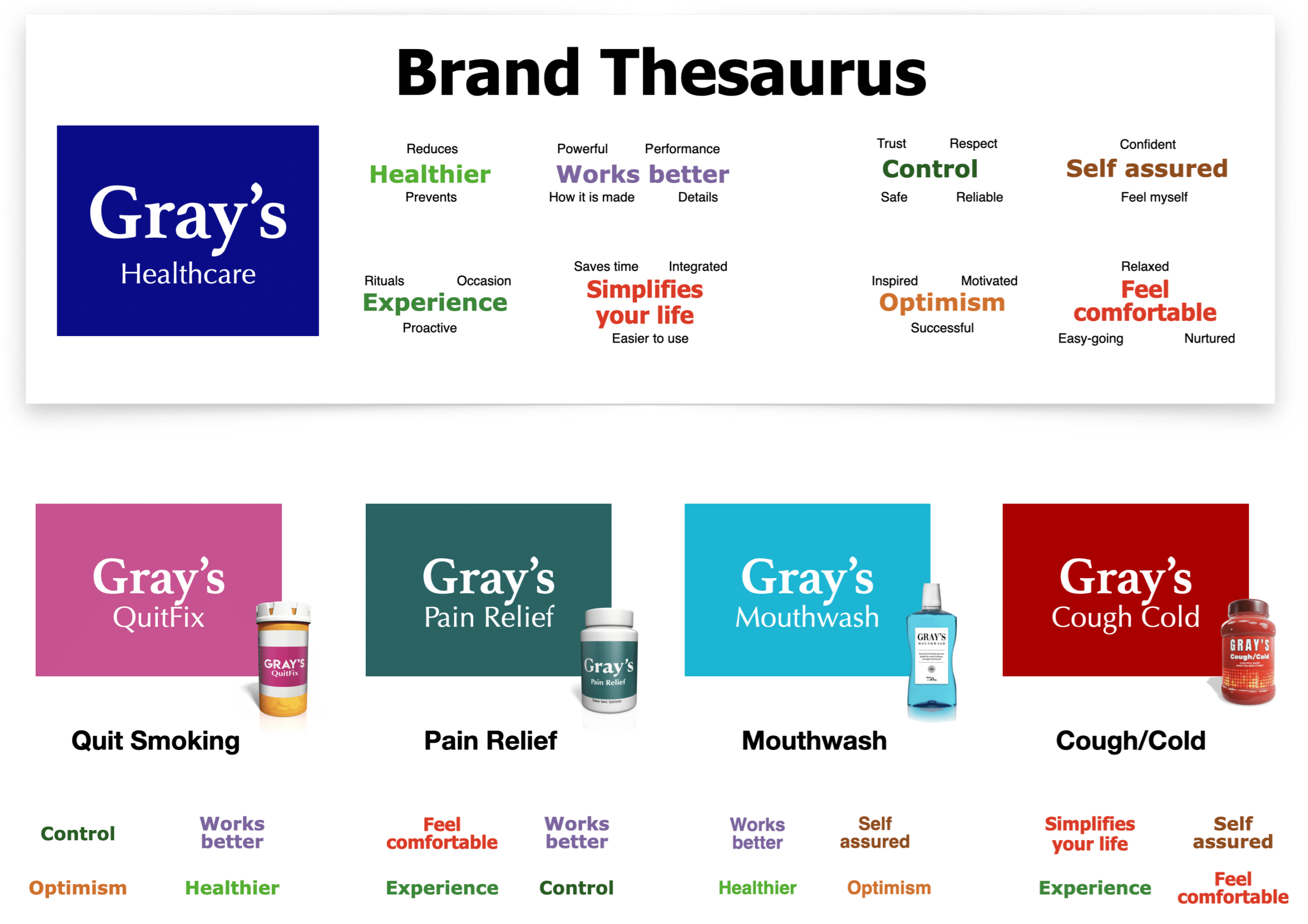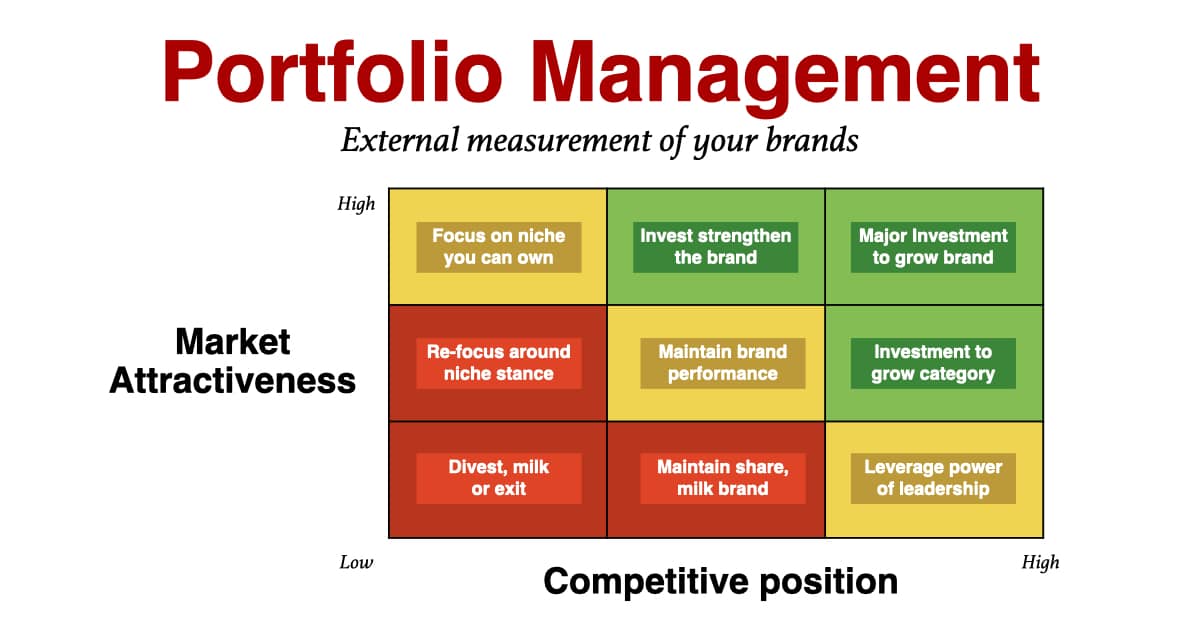Brand architecture refers to the way companies organize their brand portfolio to ensure clarity, consistency, and alignment across all levels. In this article, we will go through the branded house, house of brands, and the hybrids that use a little of each.
A well-structured brand architecture can help companies manage their brands effectively, differentiate themselves from competitors, and achieve sustainable growth.
However, with the rise of digital marketing, globalization, and mergers and acquisitions, many companies struggle with maintaining a clear and concise brand architecture. In this post, we’ll explore some strategies for mastering brand architecture to help you organize your brand portfolio more effectively.
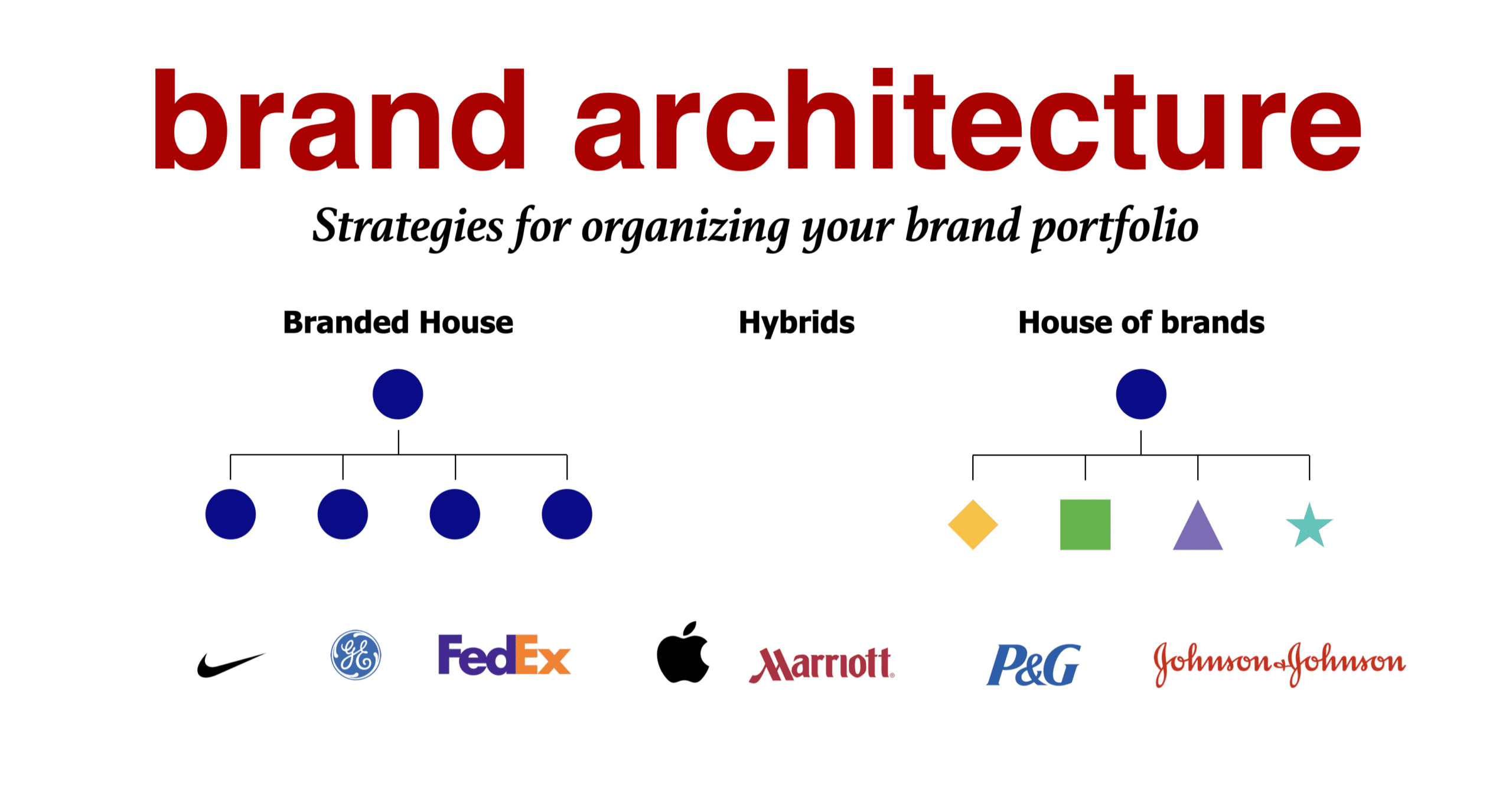
Understanding the types of brand architecture
The first step in mastering brand architecture is to understand the different types of brand architecture. Here are some of the most common types:
Branded House:
Also known as a monolithic brand architecture, this type of architecture features a single master brand that represents all the company’s products and services. Examples of branded house architecture include Apple and Nike.
House of Brands:
Also known as a freestanding brand architecture, this type of architecture features multiple independent brands that are not associated with the parent company. Examples of house of brands architecture include Procter & Gamble and Nestle.
Endorsed Brands:
This type of architecture features multiple brands that are endorsed by a parent brand. The parent brand provides credibility and support to the endorsed brands, but the endorsed brands still have their own identities. Examples of endorsed brands architecture include Marriott and Mastercard.
Sub-Brands:
This type of architecture features multiple brands that are associated with a parent brand. The sub-brands may have their own identities, but they are still part of the parent brand. Examples of sub-brands architecture include Microsoft and Chevrolet.
By understanding the different types of brand architecture, you can choose the one that works best for your business and helps you achieve your goals.
Key principles for building a strong brand architecture
Once you’ve chosen the type of brand architecture that works best for your business, you need to follow some key principles to build a strong brand architecture. Here are some of the most important principles:
- Simplicity: A strong brand architecture should be simple and easy to understand. It should make it clear how the different brands are related to each other and what they stand for.
- Consistency: A strong brand architecture should be consistent across all levels. It should ensure that all the brands under the parent brand follow the same brand guidelines, use the same visual identity, and communicate the same brand values.
- Flexibility: A strong brand architecture should be flexible enough to accommodate changes in the market, new products, and new acquisitions. It should be able to adapt to new challenges and opportunities.
- Scalability: A strong brand architecture should be scalable, meaning that it can accommodate growth without losing its clarity and coherence. It should be able to support the growth of the business and the expansion of the brand portfolio.
By following these principles, you can build a strong brand architecture that can help you achieve your business objectives and differentiate yourself from competitors.
Take your brand knowledge to new heights with our Beloved Brands playbook
Beloved Brands is a comprehensive reference guide that covers the fundamentals of brand management. It goes deep on strategic thinking, brand positioning, and brand plan development. Furthermore, this book will help you with advertising decisions, media planning, marketing analytics, and the brand financials. Keep this book handy. Our readers tell us they reach for it every week.

Marketers see Beloved Brands playbook as a go-to resource, as they keep it within arm’s reach for any new project. We are thrilled to see that it has received a 5-star rating from 85% of Amazon reviewers. Additionally, we have also created playbooks for B2B Brands and Healthcare Brands, catering to specific industries.
85% give Beloved Brands a perfect 5-Star rating!
The cheat code for future brand leaders!
It is without a doubt the most practical book for those who want to follow brand management that I have ever read in my life! Beloved Brands is written by a real, experienced marketeer for marketers. This book contains methodologies, tools, templates and thought processes that Graham actually used and uses in his career.
I have Brand Love for Beloved Brands!
As a 24 year marketing veteran at a Fortune 100 company, I thought I knew everything I needed to know about building brands until I started following Graham on social media. Graham has an amazing gift of bringing to life the critical elements of brand building and management in a delightful, easy-to-understand way and includes numerous examples and case histories that turn theory into practical reality for the reader. His tools and templates throughout the book make it VERY easy for the reader to immediately apply the critical principles of brand management to build a brand consumers will love for the long-term.
Such a phenomenal book
I know other new brand managers that have literally used this to review their business’ and create their annual brand strategy plans. So it’s phenomenal in concept, and phenomenal in execution. Highly recommend.
House of Brands Strategy
A House of Brands strategy involves a company creating and marketing multiple brands that are independent of each other. Each brand has its own identity, brand name, and marketing strategy. The company that owns these brands may not be apparent to the consumers, and the individual brands may compete against each other.
The House of Brands strategy provides several benefits, such as allowing a company to target different market segments and product categories. It also enables a company to expand its portfolio of brands without compromising its existing brand equity. Companies can use the House of Brands strategy to differentiate their offerings from competitors and enhance their market share.
The disadvantages of the house of brands.
However, the House of Brands strategy also has some drawbacks. It requires significant investment in marketing and branding efforts for each brand. It can also lead to cannibalization between brands, where one brand’s success comes at the expense of another. This can negatively impact the overall revenue and profit of the company.
Some examples of companies that use the House of Brands strategy are Procter & Gamble, Unilever, and Nestle. Procter & Gamble owns various brands such as Tide, Gillette, Pampers, and Head & Shoulders, all of which have independent brand identities and marketing strategies.

Branded House Strategy
A Branded House strategy involves a company creating and marketing its products or services under one brand name. In a Branded House strategy, the brand is the central entity, and all products and services offered by the company are linked to the brand.
The Branded House strategy provides several advantages, such as a consistent brand identity across products and services, which creates brand loyalty and reduces marketing and advertising expenses. The Branded House strategy can also lead to the development of a strong brand reputation and equity.
The disadvantages of the branded house.
However, the Branded House strategy also has some disadvantages. It can limit a company’s ability to enter new product categories or market segments, as consumers may not associate the brand with the new offering. The Branded House strategy also carries the risk of damaging the overall brand reputation if one product or service fails.
Some examples of companies that use the Branded House strategy are Apple, Nike, and Coca-Cola. Apple markets all its products under the Apple brand, including the iPhone, iPad, and Mac. Nike markets all its products under the Nike brand, including shoes, apparel, and accessories.
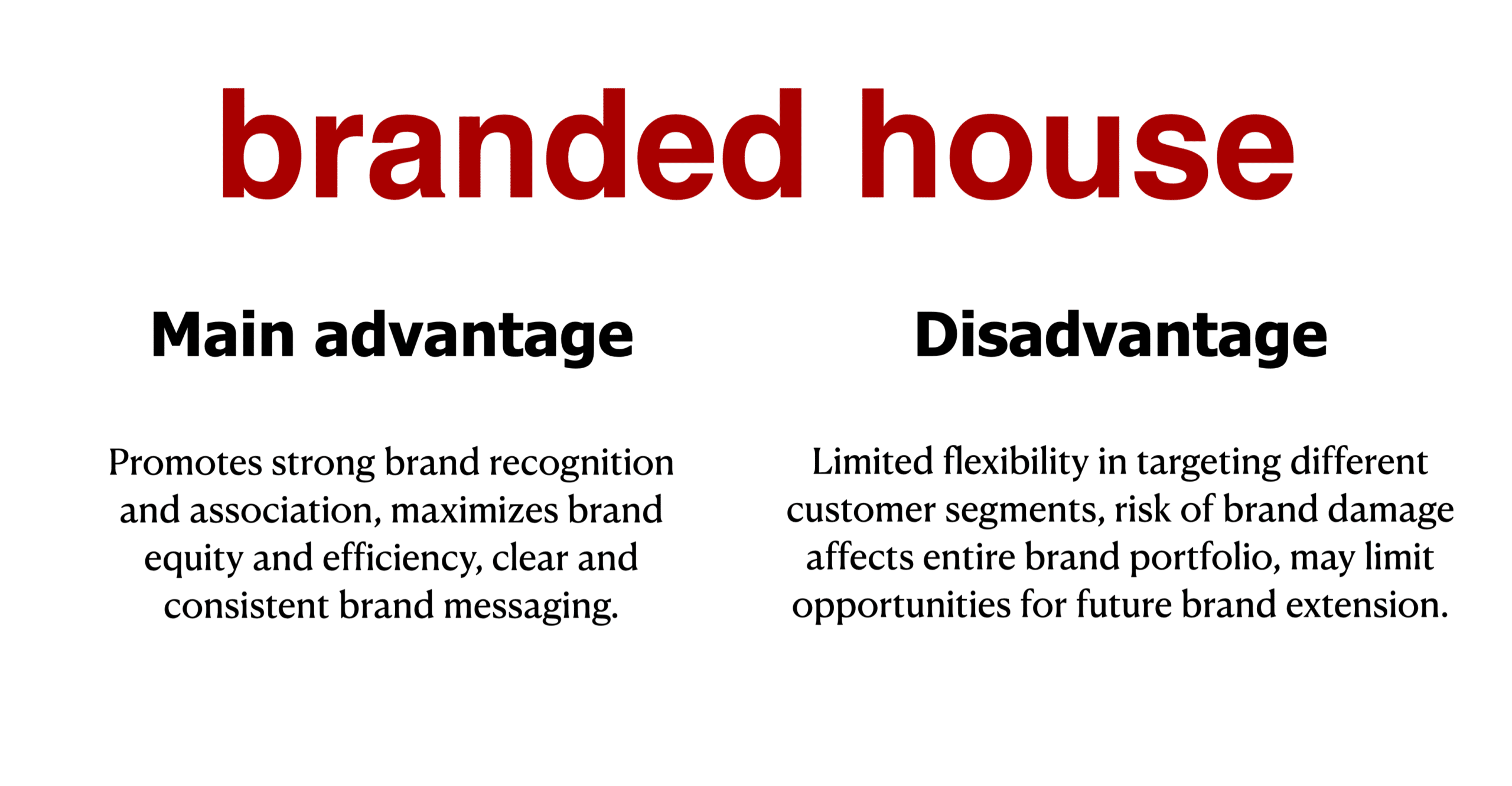
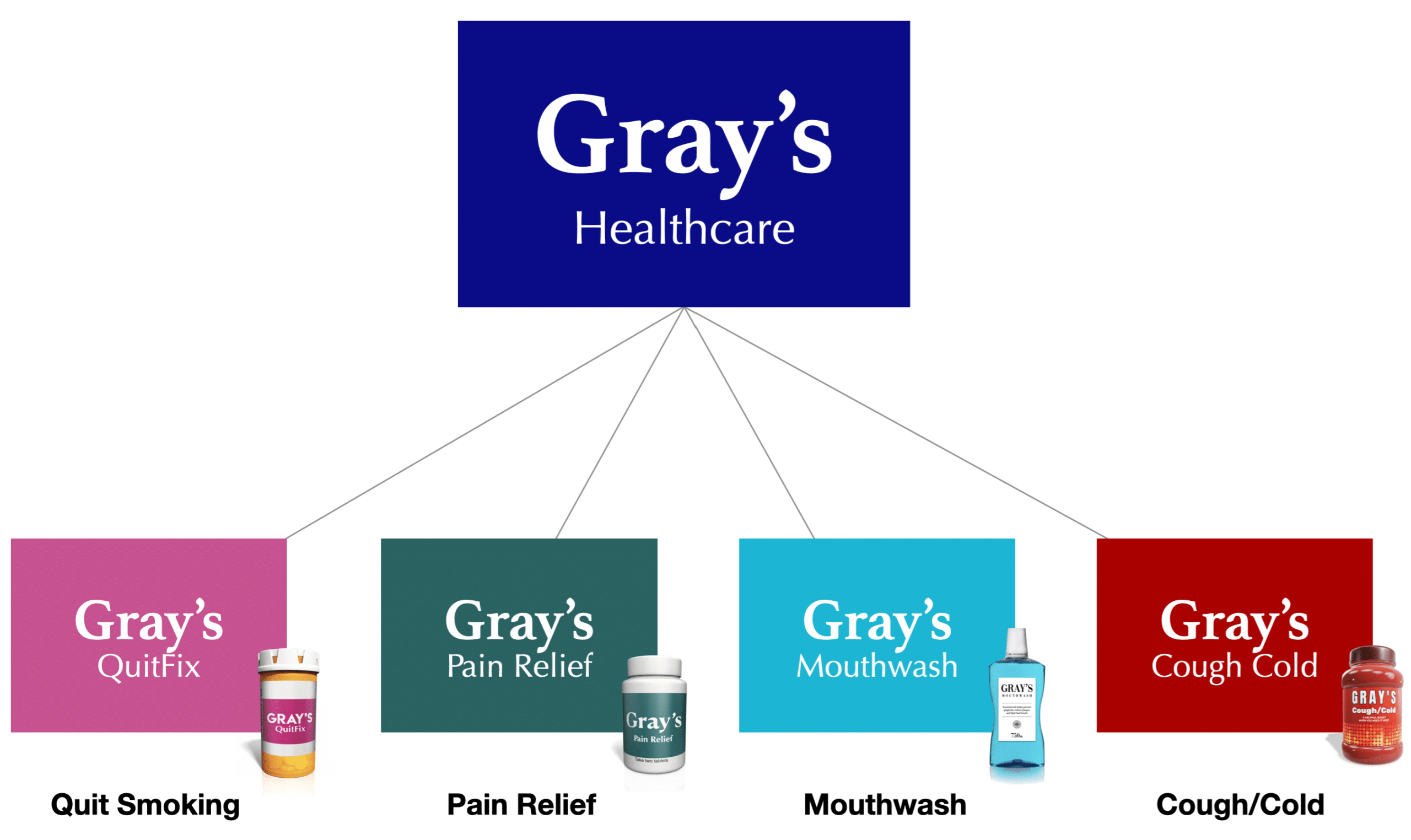
Brand architecture - House of brands and branded house compared
Companies have different brand architecture strategies that they can use to differentiate themselves from competitors. The two primary strategies are the House of Brands and Branded House strategies. Each strategy has its own advantages and disadvantages, making it crucial to analyze which strategy would work best for a particular business.
The House of Brands strategy offers the flexibility to target different market segments, allows companies to expand their portfolio of brands without compromising existing brand equity, and provides the opportunity to differentiate their offerings from competitors. However, it can be challenging to manage multiple brands and requires significant investment in marketing and branding efforts for each brand.
On the other hand, the Branded House strategy provides a consistent brand identity across products and services, which creates brand loyalty and reduces marketing and advertising expenses. It can also lead to the development of a strong brand reputation and equity. However, it limits a company’s ability to enter new product categories or market segments, and a failure of one product or service could damage the overall brand reputation.
Overall, both the House of Brands and Branded House strategies have their advantages and disadvantages. The key is to understand your brand’s objectives and determine which strategy aligns best with those objectives. By mastering brand architecture, you can create a cohesive and effective brand portfolio that delivers value to both consumers and the business.
Building your master brand positioning
To help brand leaders kickstart their brand positioning work, I have created 12 functional zones that expands to over 50 potential functional benefits. As you look through the list, gravitate to the functional benefits you think will fit the needs of your consumers and differentiates your brand by looking for words where your brand does it better than competitors. Then do the same with the emotional benefits. To illustrate, click on the cheatsheets below to see which ones fit best for Gray’s Healthcare.
As you build your portfolio, use the benefits from the master brand to steer the benefits of each of the sub-brands that fall under it. To illustrate, click on the diagram below.
Using those specific consumer benefits, you can then build out the specific Brand Positioning for each of the sub-brands.

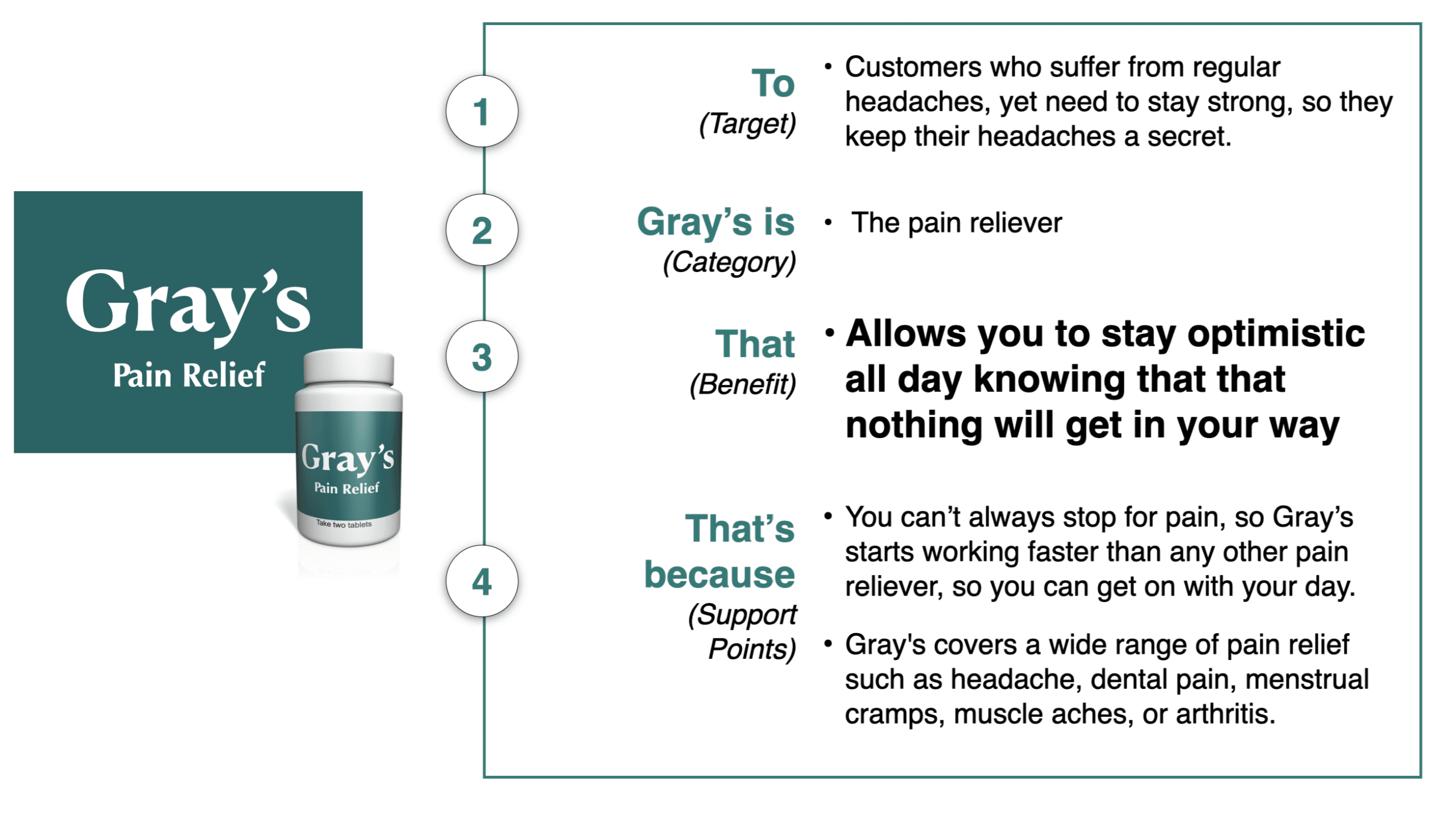
Portfolio management
Portfolio Management is an investment strategy to deliver maximum payback for the company using a collection of brands. A portfolio of brands requires a diverse set of investments. Each brand needs to be carefully selected to meet specific goals. Marketers must allocate their budget to achieve the desired goals across the portfolio requires an external and internal view.
Start your portfolio management with an external lens. Look at the market attractiveness of where the brands play and the competitive position of those brands within the market. Then match up to the internal lens. Look at the growth rate of each brand and the profit margins of the brands.


